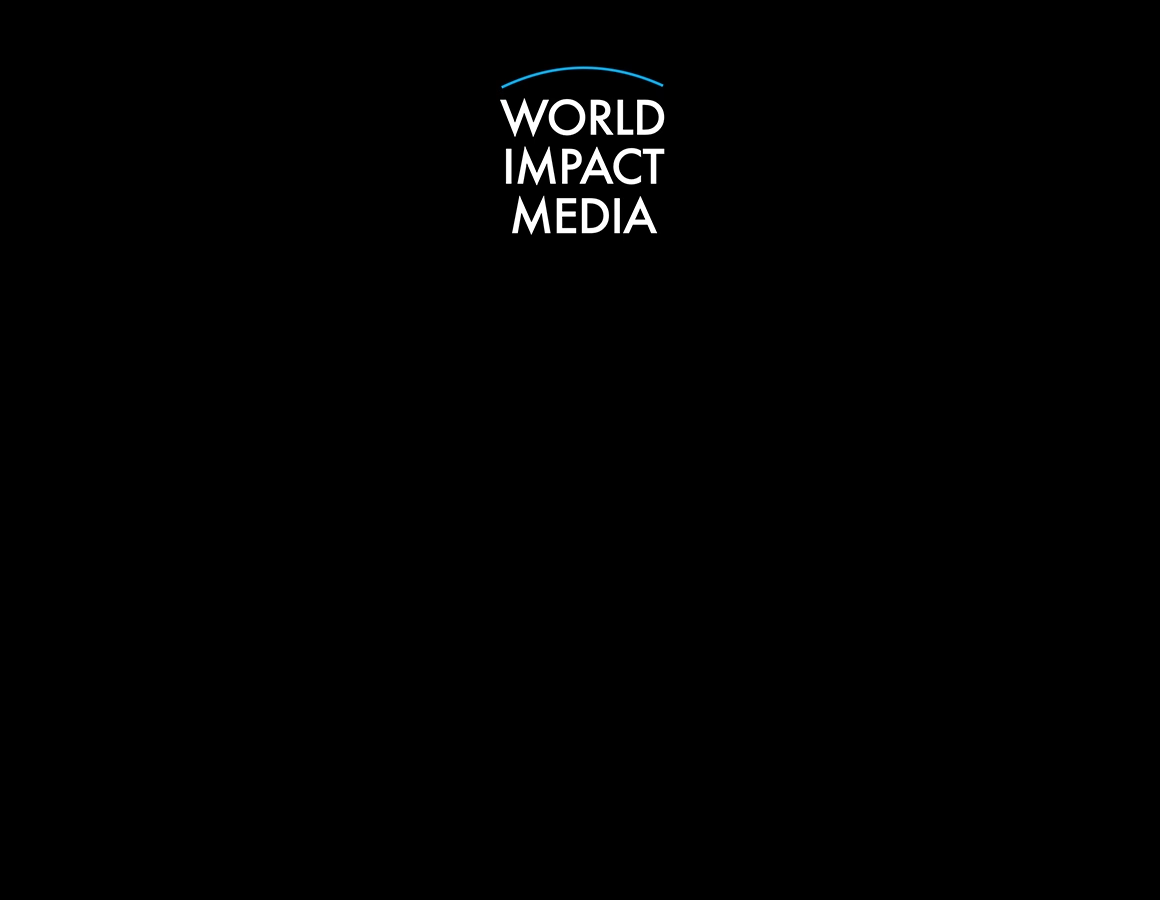Global financial markets plunged on Thursday following a surprise announcement from former President Donald Trump outlining sweeping new import tariffs, reigniting fears of a global trade war and raising alarms among economists about a looming recession.
In a press conference from the White House Rose Garden, Trump declared a blanket 10% tariff on all imported goods, with additional country-specific tariffs aimed at leveling what he called “unfair trade practices.” The proposed tariff levels could reach as high as 54% on Chinese imports, 46% on Vietnam, 32% on Taiwan, and 20% on products from the European Union.
Trump described the policy as a “reciprocal trade correction,” claiming these tariffs mirror the rates allegedly imposed on American goods abroad. However, global leaders quickly questioned the accuracy of these figures and the rationale behind the sweeping actions.
Markets Plummet Globally
Wall Street responded sharply, with Dow Jones futures plunging over 1,200 points in pre-market trading. The shockwaves extended internationally: Europe’s STOXX 600 dropped 2.2%, while Japan’s Nikkei 225 fell 2.8%. Meanwhile, the U.S. dollar weakened against major currencies amid heightened uncertainty.
“This is a sudden blow to investor confidence and could derail global recovery efforts,” said Mary Bartels, Chief Investment Strategist at Sanctuary Wealth. “Whether or not it leads to an official recession, the risk of a broad economic slowdown is now very real.”
Global Reaction: “Protectionism Isn’t Progress”
The announcement drew sharp rebukes from global leaders. European Commission President Ursula von der Leyen stated that the EU is “ready to respond” with appropriate countermeasures, though she left the door open for negotiations. Spain’s Prime Minister Pedro Sánchez criticized Trump’s claim of a 39% EU tariff as “false,” labeling the policy a dangerous return to “19th-century-style protectionism.”
Economic Forecasts Turn Bleak
Economists warned that the tariffs—and the likely retaliatory measures—could drag the U.S. into a cycle of stagflation, a condition marked by low growth and high inflation.
In a note to clients, Gregory Daco, Chief Economist at EY, warned that the tariffs could reduce U.S. GDP by 1% in 2025 and 1.4% in 2026, while adding a full percentage point to inflation by late 2025.
“If financial markets continue to react negatively, the combined shocks could trigger a full-blown recession,” Daco cautioned.
Adding to the grim outlook, Challenger, Gray & Christmas reported a 60% spike in layoff announcements in March, totaling over 275,000 job cuts—most of which stemmed from government downsizing.
Comparison to Smoot-Hawley Sparks Alarm
Many analysts drew parallels between the new tariffs and the infamous Smoot-Hawley Tariff Act of 1930, which is widely believed to have worsened the Great Depression.
“If these measures are fully implemented, we risk a repeat of history,” said John Veitch, Dean of Business and Management at Notre Dame de Namur University. “We’re witnessing a fundamental shift away from decades of globalization and free trade.”
Path Forward: Diplomacy or Disruption?
Treasury Secretary Scott Bessent attempted to calm global markets in an appearance on Bloomberg TV, suggesting that the tariffs could serve as a starting point for negotiation rather than a fixed position.
“My advice to other countries is: don’t retaliate just yet. Let’s talk. These numbers represent the upper range,” he said.
Still, the abruptness and scale of Trump’s policy change point to a more confrontational stance in his second administration—one that may challenge the global economic order.
“This isn’t just about tariffs,” said Veitch. “It’s a signal that America’s economic playbook has been rewritten.”
Conclusion
Trump’s sweeping tariff policy has thrown global markets into disarray and reignited fears of economic stagnation. As countries weigh their response, the world waits to see whether diplomacy will prevail—or if a new era of economic conflict is just beginning.
















